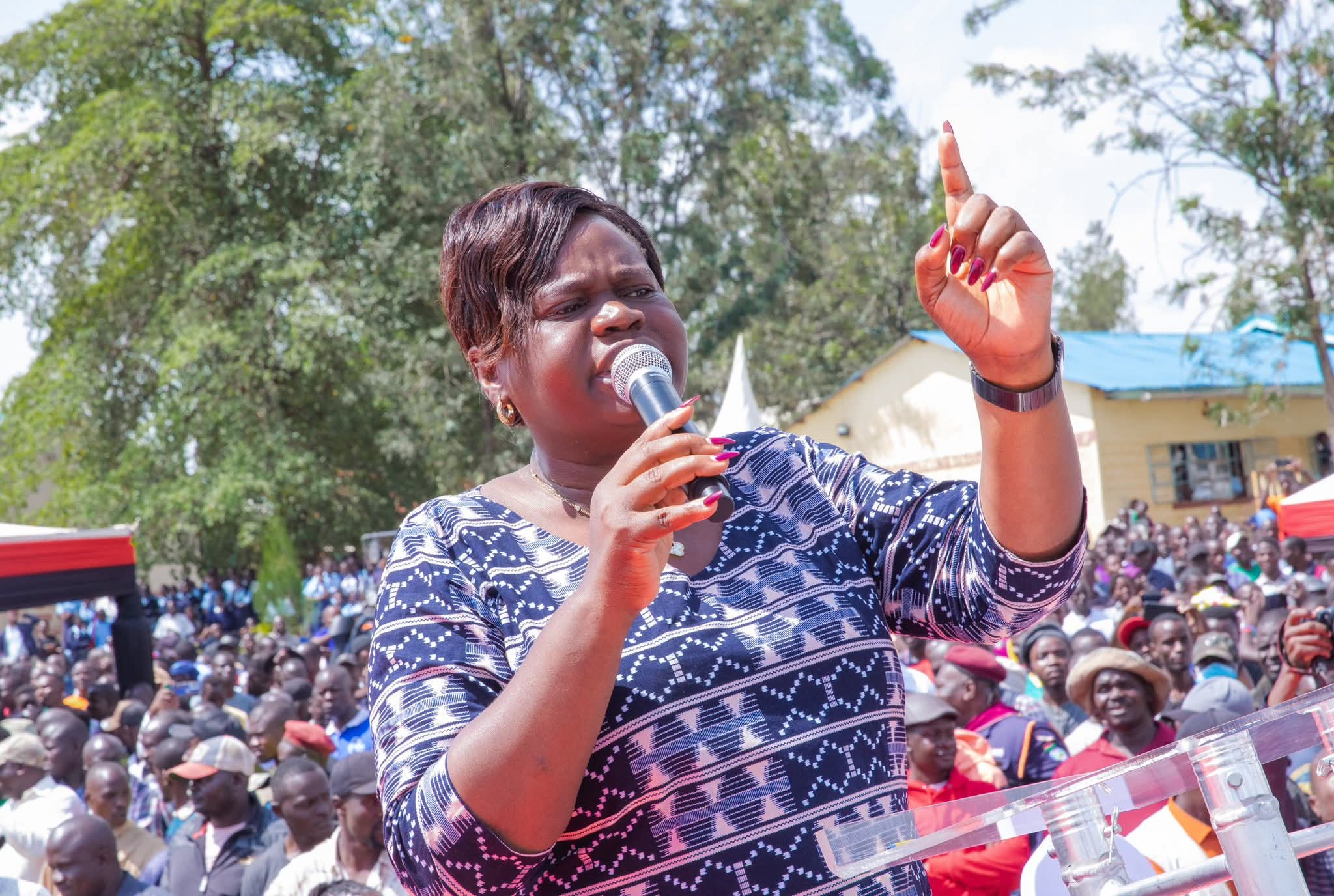
Senators question CRA chair over proposed revenue-sharing model
Following an extensive presentation by CRA chairperson Mary Wanyonyi, the senators inquired about the process used by the commission to create the parameters and the final proposed formula. The model, which has sparked controversy, has resulted in 31 counties receiving a reduced revenue share, while 16 others have benefited.

In a heated discussion during their retreat in Naivasha, senators representing counties facing significant revenue losses strongly opposed the CRA’s proposed formula and challenged its justification. Conversely, those from counties experiencing marginal gains supported the proposal.
This situation brought to mind the difficulties of 2020 when senators made a record ten attempts to agree on the third basis for county revenue allocation. It required intervention from then-President Uhuru Kenyatta to allocate an additional Sh53 billion to ensure no county faced revenue losses.
The new revenue-sharing framework will dictate how counties distribute funds from 2025-26 to 2029-30. The controversial model has resulted in reduced allocations for 31 counties, including Baringo, Bomet, Busia, Embu, Homa Bay, Kakamega, Nairobi, Narok, Nandi, and Nakuru.
“If you propose a formula that diminishes funding for some counties and hampers their ability to fulfill their responsibilities, it cannot receive Senate support,” stated Nyamira Senator Okong’o Omogeni. He criticized the formula for its potential to hinder counties from performing optimally.
He further noted, “Counties such as Wajir, Mandera, Garissa, and Marsabit are receiving Sh7 billion more. Out of a total increase of Sh30 billion, only Sh7 billion benefits these four counties. This is highly inequitable. ”
Wanyonyi’s presentation revealed that CRA assigned the most significant weight, 42 percent, to population, compared to 18 percent in the current formula. Geographical size received a weight of nine percent, up from eight percent, while equal share increased to 22 percent from 20 percent. The poverty index weight remained unchanged at 14 percent.
“To enhance service delivery, the recommendation ensures an equal minimum allocation for all counties, with population and geographical size as the primary factors,” Wanyonyi stated.
Moreover, CRA introduced an income distance index with a weight of 13 percent, raising questions among senators about how and where CRA developed this index.
“I have significant concerns about the inclusion of income distance as a parameter. Where did this originate from? ” asked Kitui Senator Enoch Wambua.
“Is this the consensus of the commission, or was there a differing opinion on the presentation? If you approach us with bad intentions, we will respond in kind,” he added.
Kirinyaga Senator James Murango cautioned the Commission not to assume that senators will support a formula that disadvantages certain counties.
“Senators from counties losing funds are opposing it, while those benefiting are in favor, and that’s acceptable,” he remarked.
In response, Wanyonyi indicated that the CRA has warned governments likely impacted by the proposed allocation of Sh417. 42 billion in the next fiscal year, ensuring that no county loses revenue.
“To implement the Fourth Basis, we have integrated a cushioning and stabilisation factor into the framework, ensuring that no county government receives less than its.






